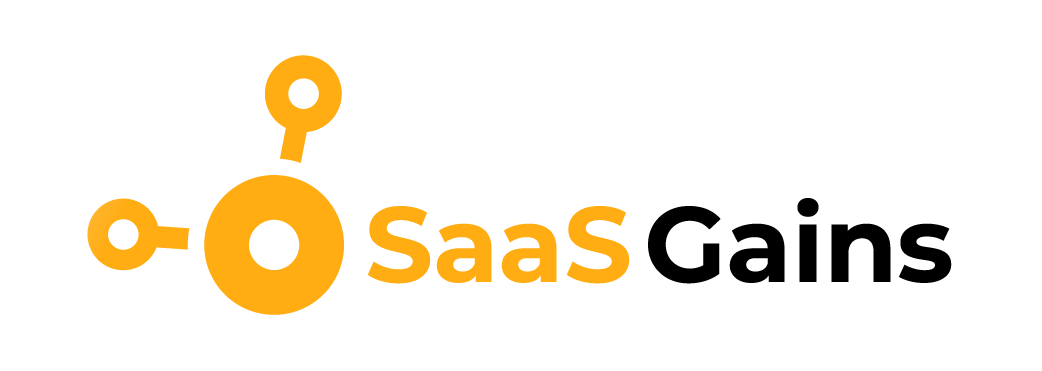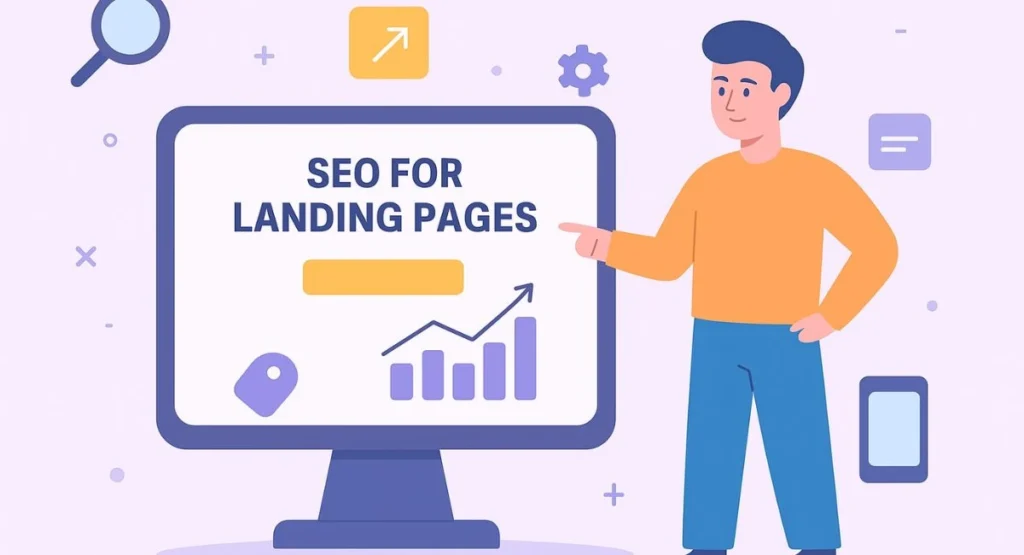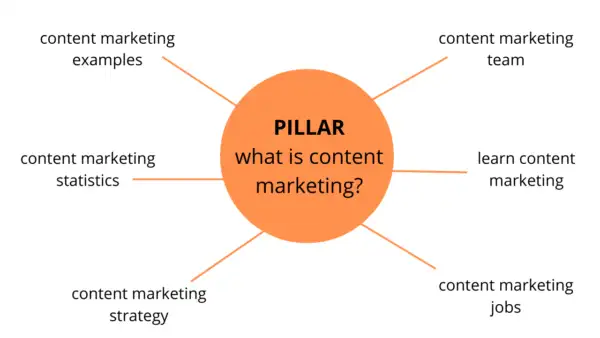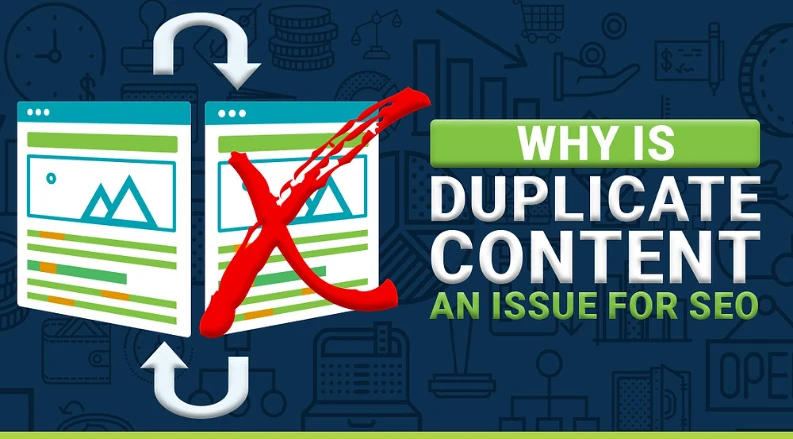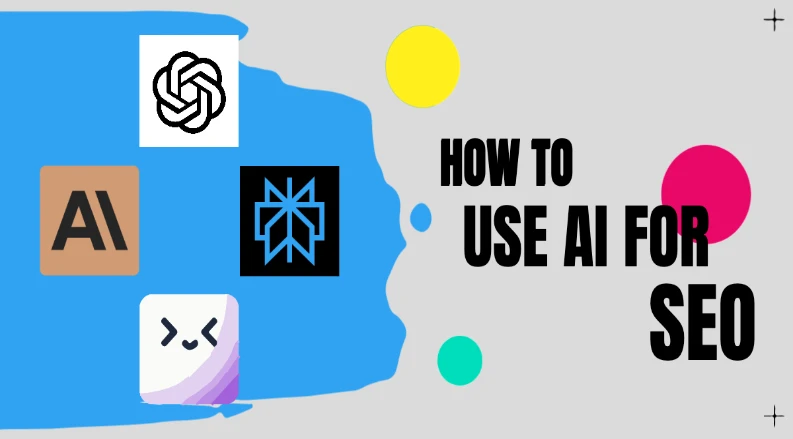What makes some websites show up at the top of search results while others are nowhere to be found? It’s not magic; it’s SEO for landing page. Having a pretty landing page in today’s competitive world is not enough. The second part is ensuring you’ve got its face in front of the audience you’re targeting when they’re looking for answers you offer.
This master guide will take you step-by-step through the most significant landing page optimization and search engine optimization strategies, and then for customers, lastly. We’re going to begin with easy keyword research and take you all the way to complex technical optimizations, teaching you the way to turn your landing pages into cash-generating machines.
1. What Is Landing Page SEO?
In short, landing page SEO is the strategy of placing one web page above in search and converting. Unlike a blog or an average website page, a landing page has only one reason: to make someone do something like subscribe to a newsletter, download an e-book, or request a demo.
The key difference between optimizing the homepage and optimizing the landing page is purpose. The homepage is an intro and a starting point website that welcomes individuals to your company. The landing page is a single, conversion-focused platform. Its SEO must be focused on one single audience and one single purpose.
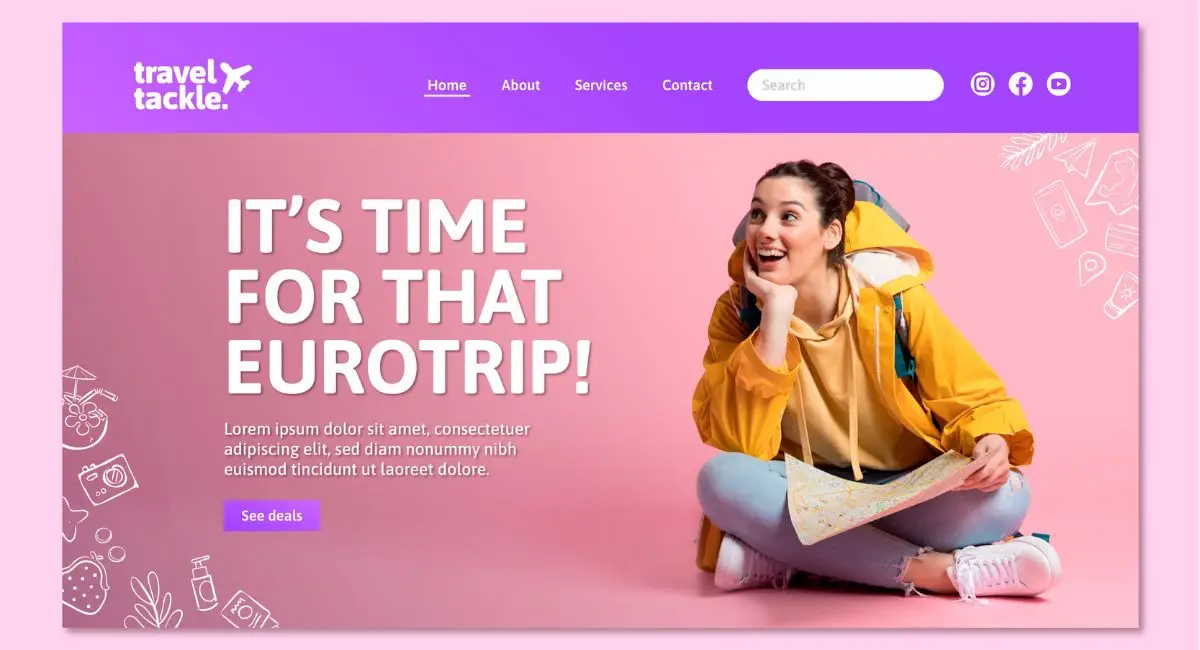
2. Keyword Research for High-Intent Traffic
At the heart of any successful SEO campaign is careful keyword research. For landing pages, that means targeting high-conversion or buy-intent long-tail keywords.
Long Tail Keyword Discoveries: Target the less competitive, more specific terms rather than broad terms like “marketing software,” like “marketing automation software for small business” or “free trial CRM for start-up.” They are less competitive and searched for more by customers further down the funnel, so they’re ready to convert.
Offer Type Match with Search Intent: Your offer must be matched by your keyword approach. Is the buyer information intent, product intent, or solution intent? A buyer seeking “how to make a budget” is information intent; therefore, a guide will be best matched. A buyer searching for “budgeting app free trial” is transactional intent; therefore, a free trial landing page will be the best match.
3. On-Page SEO for Landing Page Essentials
After you have acquired your keywords, you can now implement them into the very heart of your page.
Title Tags & Meta Descriptions: Your title tag is your first impression in the SERPs. It must be engaging and naturally have your primary keyword. The meta description, while not a direct ranking signal, is a powerful part of click-through rate (CTR). It must be a little ad that informs users about your offer and makes them take action and click.
Header Hierarchy (H1, H2, H3): Insert the main keyword in subheader H1 and insert the main keyword again as the page title. Employ H2 and subheader H3 for content segregation and subtopic disclosure. This method of structuring is search engine and user-readable, and the semantic flow is readable.
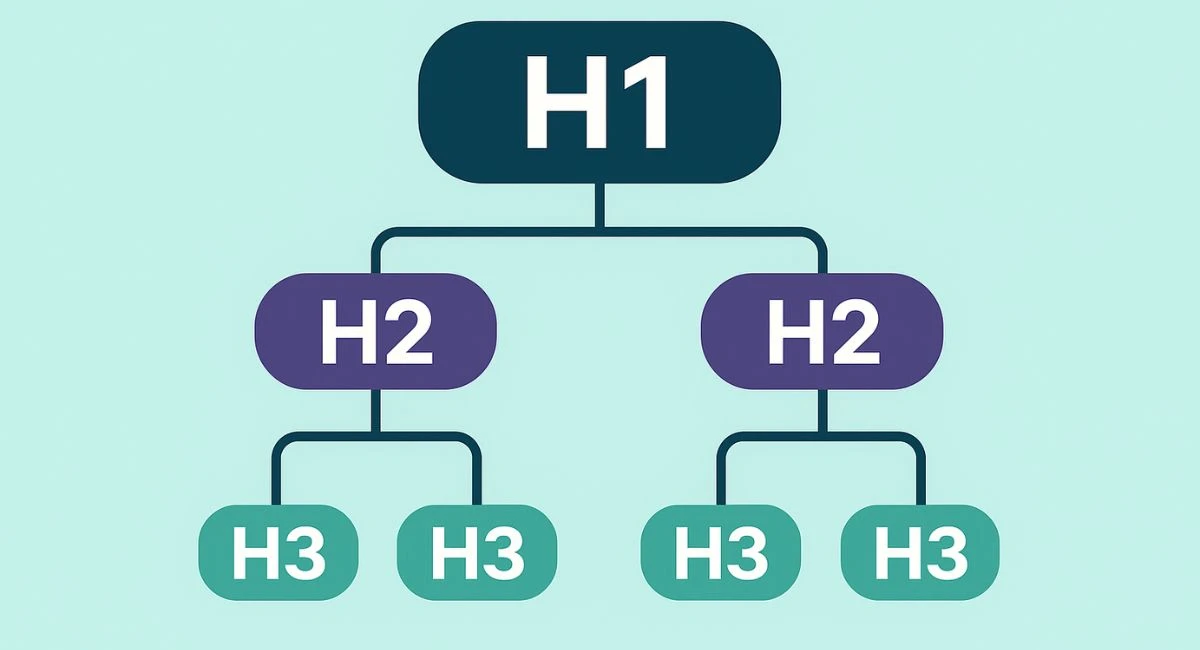
Optimize URL Structure: Your URL should be clean, well-structured, readable, and understandable. It should be short and include your primary keyword.
4. Content Optimization & UX
Your best landing page content should be compelling as well as optimized.
Writing Persuasive Copy: Your copy has to be benefit-oriented, concise, and clearly touch the user’s pain points. Your main word and its synonyms have to be used organically without compromising on readability.
CTA Placement: Your CTA is your worst-case scenario. Place it “above the fold” and in all the other locations where it can be easily seen without disrupting user flow. Save the CTA button text action-focused (i.e., “Download Now,” “Get Your Free Trial”).
Multimedia: Multimedia such as images, videos, and infographics has a significant impact on the user experience. Search engine optimize all three using descriptive filenames and alt text with prominent keywords. Alt text will also aid the accessibility and assist search engines to comprehend the image content.
5. Technical SEO Elements
Technical SEO makes your landing page crawl and gives a good user experience.
Page Speed and Core Web Vitals: A slow page hurts your rankings and causes a high bounce rate. Optimize images, turn on browser caching, and include a Content Delivery Network (CDN) so your page loads in 3 seconds. Core Web Vitals (LCP, FID, CLS) are high-ranking signals, so make sure to give an amazing user experience.
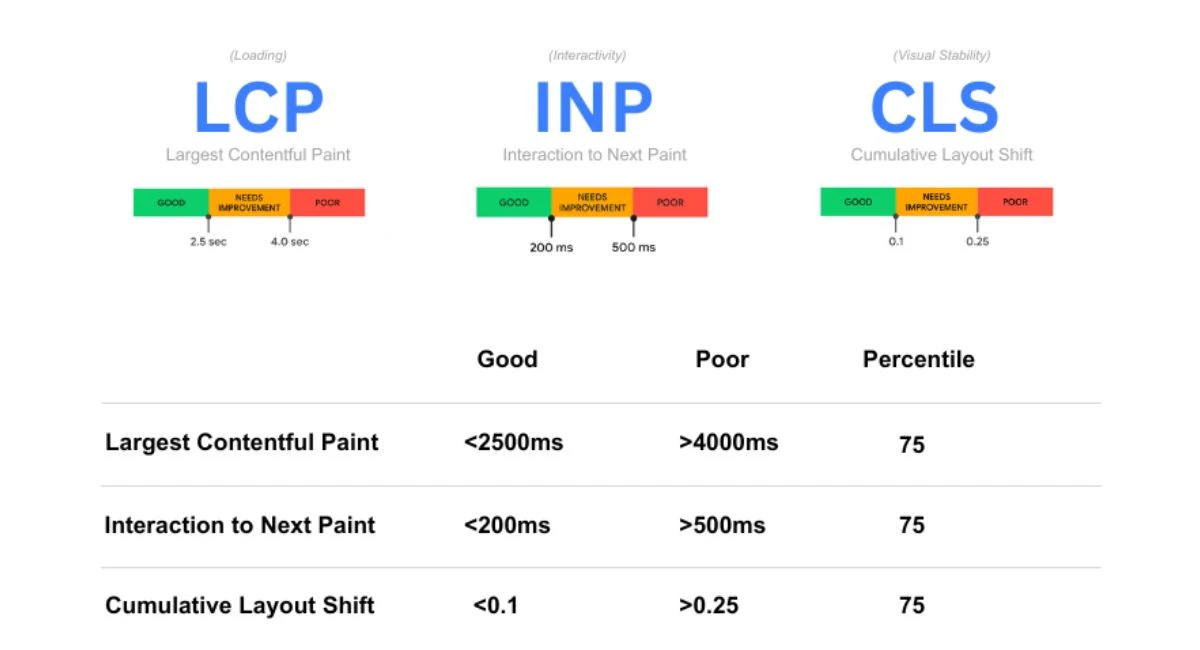
Mobile Responsiveness: A responsive page on a mobile is no longer a nicety—but a requirement. Google spiders the mobile universe first, and your landing page must be completely responsive and provide a native experience on any mobile.
Schema Markup: You can use schema markup to allow search engines to better comprehend page content. On your landing page, you can use the Product or Offer schema to get rich snippets in the SERPs and build visibility and CTR.
6. Internal Linking & Backlink Strategies
Don’t leave your landing page in a silo.
Internal Linking: Connect your landing page to other resource pages or blog posts within your site. If you have published a blog post on “The Best Email Marketing Tips,” connect your landing page for “Email Marketing Software Free Trial.” It distributes the link equity and also notifies the search engines about the page.
Backlink strategies: While it might be more difficult for an individual landing page, good backlinks from other high-quality sites will be one of the most important things to consider if it is to rank. This can be achieved by guest writing or adding your landing page to another tutorial.
7. Measuring success
SEO is a process of experiment and refinement.
Key Metrics: Monitor organic traffic to determine whether your SEO is driving more traffic. Monitor conversion rates to determine how well your page performs in turning traffic into leads. High values of bounce rates could reflect poorly on user experience or content usefulness.
Tools to Track Performance: Use Google Analytics to monitor traffic, bounce rate, and conversion funnels. Google Search Console is the gem for keyword rank check, impressions, and technical issues.

8. Errors to Avoid
Thin Content: Your landing page with zero words or a handful of words won’t rank. Make sure your copy is good and readable. Include an answer in your copy.
Missing User Intent: If your landing page is not on the same page as the user’s intent behind the search, they will bounce immediately and inform Google that your page is not a quality result.
Ignoring Page Velocity: Your page taking too long to load is a big no-no for velocity optimization for improved rankings and user experience.
9. Conclusion
SEO for a landing page isn’t just keywords and meta tags; it’s creating a rich, user-centric experience that search engines will adore. By following these proven steps, everything from deep keyword research to regular performance monitoring, you can significantly boost your rankings, produce quality traffic, and finally convert to your objectives.
Start with basics, check your assumptions regularly, and always keep the user in the center of your thinking. Your landing pages are your marvelous assets; it’s time to maximize their power.
FAQs
How long before landing page SEO becomes active?
It should take 3 to 6 months for things to make a tangible impact, depending on your competition and the quality of your optimization efforts.
Am I repeating the same keywords across multiple landing pages?
No, putting the same keywords on multiple pages can lead to keyword cannibalization, and your pages are competing with each other in search results.
How many words should a landing page contain?
No word length is perfect; the copy has to be long enough to be interesting and informative, serving the user’s intent while also serving the search engine’s needs.
How often must SEO for landing pages be updated?
Check and update your landing pages at least every quarter so that they are still up-to-date and in working order, and modify as necessary based on new intelligence.
Is there ever a reasonably high bounce rate for a landing page?
No. A high bounce rate for a landing page is only an indication of success in the event the user achieved something amazing, such as a call, which isn’t monitored through your analytics as a conversion.
Are backlinks important for doing SEO for a landing page?
Yes, backlinks are a powerful ranking indicator and will greatly enhance your landing page’s credibility and exposure on search engine result pages.
